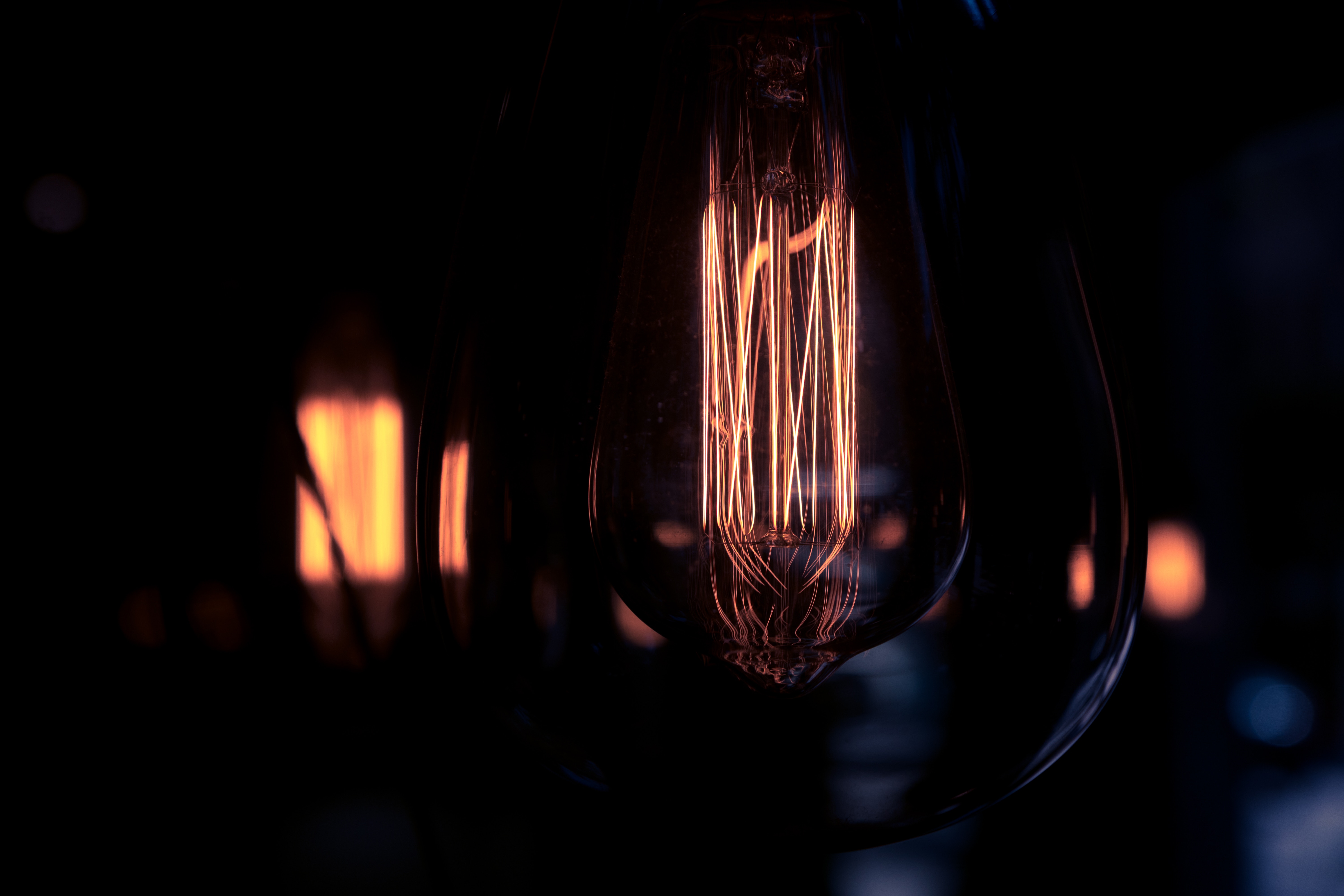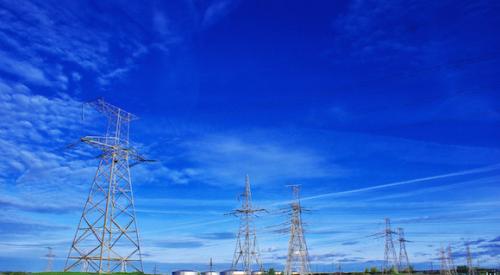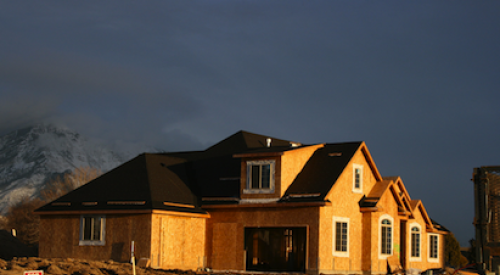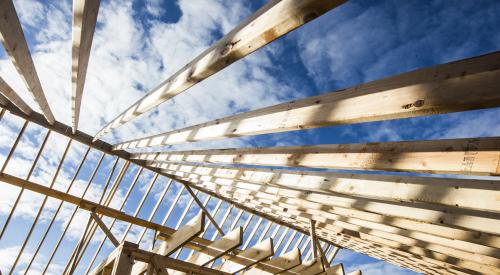In response to a recent IKEA report tackling the relationship between people and their homes, opinion columnist Nathaniel Bullard explains the ramifications for builders and energy consumption.
While IKEA's annual report says that the majority of its survey respondents, 64 percent, would prefer a smaller home in a better location than a larger home in a less-desirable location, Bullard writes that in the U.S., homes have only gotten bigger over the past 45 years, per Census data. While the overall trend is toward greater square footage, the National Association of Home Builders' data show that currently, the average size of a single-family home is trending downward. However, Bullard writes for Bloomberg, that with larger homes should come more energy consumption, but does not.
According to U.S. Energy Information Administration data, U.S. power companies now serve one-third more customers than they did in 1990 and sell 50 percent more power. But total sales and sales per customer peaked in 2010, during an economic downturn, and they’ve been falling since. On a per-customer basis, electricity sales in megawatt-hours are up less than 10 percent over the past 28 years.
We can credit greater efficiency in general, including for big items like refrigerators and water heaters as well as for lighting. More striking is the trend in smaller electronics: Even with bigger houses, and the need to heat and cool them, Americans are plugging in fewer electronics, which serve multiple purposes and are significantly more efficient than what they replace.












